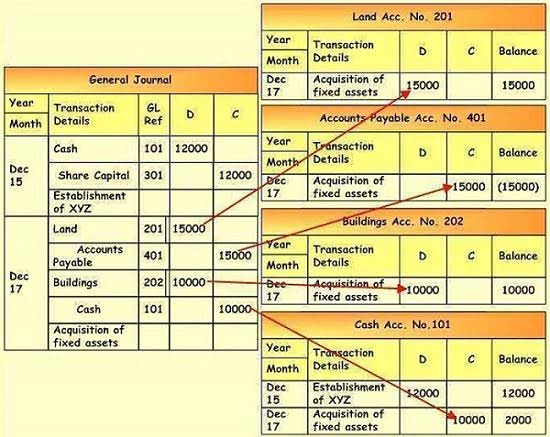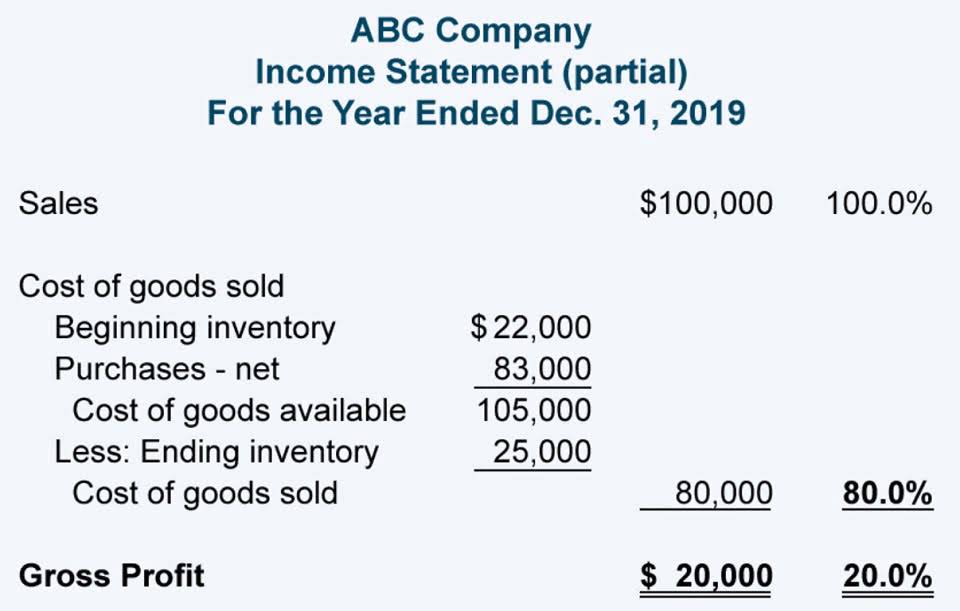A Financial Statement Analysis Principles of Accounting, Volume 1: Financial Accounting

The income statement, statement of retained earnings, balance sheet, and statement of cash flows, among other financial information, can be analyzed. The analysis can help them with budgeting, deciding where to cut costs, how to increase revenues, and future capital investments opportunities. Vertical analysis requires numbers in a financial statement to be restated as percentages of a base dollar amount. For balance sheet analysis, total assets, or total liabilities and equity, are used as the base amounts.

How Does Horizontal Analysis of Financial Statements Work?
Therefore, total net sales are in the Oral, Personal & Home Care, and Pet Nutrition Segments. Precise horizontal analysis thus gets affected due to these variations and meticulous selection of the base year and consecutive accounting years for comparison. This means that some organizations maneuver the growth and profitability trends reported in the analysis with a combination of methods to break down business segments.
Download our guide “Preparing Your AP Department For The Future”
- Having identified a trend, the next step is to try and understand the reasons behind it by carrying out a more detailed investigation.
- The information provided in the balance sheet provides the change in working capital, fixed income over some time.
- For liabilities, if accounts payable decreased by $4,197, the percentage change would be approximately -30.5%.
- The base period is the earliest period for which the financial statements are available, and the comparison period is the latest period for which the financial statements are to be analyzed.
- According to the variance, the financial impact was advantageous due to the rise in revenue.
- Comparative financial statements serve as the cornerstone of horizontal analysis.
An increasing accounts receivable turnover ratio suggests more efficient collection of receivables. A slowing revenue growth rate may indicate market saturation, increased competition, or internal inefficiencies. Analyzing revenue by product line or https://www.bookstime.com/ geographic region can offer deeper insights into specific areas of strength and weakness. For more complex analyses, specialized financial analysis software offers advanced features such as automated data import, sophisticated charting capabilities, and pre-built financial models. These platforms can significantly enhance the efficiency and depth of horizontal analysis.
Gather Data
Horizontal analysis plays a pivotal role in various aspects of financial evaluation and strategic planning. Its ability to highlight financial trends makes it indispensable for stakeholders seeking a clear understanding of a company’s financial health and potential. As seen from the above example, every ratio is given in relation to the revenue in the case of income statement. In the above vertical analysis example, we can see that the income decreases from 1st year to 2nd year, and the income increases to 18% in the 3rd year. So by using this method, it is easy to understand the net profit as it is easy to compare between the years. We can easily understand that the total expenses gradually increased from 43% to 52%, and the net income get reduced from 1st year to 2nd year.
- The following two examples of horizontal analysis use an abbreviated income statement and balance sheet information where 2019 represents the base year.
- The Horizontal analysis performs the assessment of relative changes in different items of the balance sheet over a period of time.
- Continue to focus on our core products and services that generate the most revenue and customer satisfaction.
- One of the methods used to spot trends and growth patterns in a business over the years is horizontal analysis.
- It is one of the popular methods of financial statements as it is simple and also called a common size analysis.

In horizontal analysis, understanding the concept of base year and current year is crucial. The base year serves as the reference point for comparisons, while the current year represents the year under scrutiny. By comparing the current year’s financial data to that of the base year, you gain insights into changes and trends. Horizontal analysis provides insight into the direction in which a company’s financial data is moving. For example, we perform a horizontal analysis on the balance sheet of Wipro, an Indian information technology company. The consolidated financial statement of Wipro Limited and its subsidiaries for the year ended March 31, 2024 is uploaded below.
Step 4: Analyzing the Results

To gain a truly comprehensive understanding, it’s essential to integrate it with other analytical methods, most notably financial ratio analysis and vertical analysis. They present financial data from multiple periods side-by-side, facilitating direct comparisons. Depending on their expectations, Banyan Goods could make decisions to alter operations to produce expected outcomes. For example, Banyan saw a 50% accounts receivable increase from the prior year to the current year. If they were only expecting a 20% increase, they may need to explore this line item further to determine what caused this difference and how to correct it going forward. It could possibly be that they are extending credit more readily than anticipated or not collecting as rapidly on outstanding accounts receivable.
Horizontal Analysis of Financial Statements CPA Question
Another method of horizontal analysis is calculating the variance between multiple financial items in multiple financial statements and spanning multiple accounting periods. Additionally, the financial statements to be provided need to be respective statements for the accounting periods to be compared. At least two of these statements are compared, but having and comparing three or more statements makes horizontal analysis easier, more accurate, and reliable. Using this method, analysts set data from financial statements in one accounting period as a baseline and compare it with the data from other accounting periods.

Integration with Other Analysis Techniques: Achieving a Holistic View

By looking at past performance, it can help assess growth rates, spot trends (by comparing changes from period to period), generate forecasts, or project the insights gained into the future. Horizontal analysis can help evaluate a company’s financial standing or position vis-à-vis its competitors. Financial statement horizontal analysis formula analysis can be used to evaluate a company’s liquidity, solvency, profitability, and overall financial position. In financial analysis, understanding how to create and interpret financial statements is crucial. One effective method for analyzing these statements is through horizontal analysis, which evaluates the percentage changes in account balances from one year to the next.
Vertical analysis is more often used by creditors and investors to compare a company’s financial performance to others in the same industry. By conducting a horizontal analysis, stakeholders can gain insights into the financial health and operational efficiency of a company, enabling better decision-making based on historical performance trends. Horizontal analysis facilitates benchmarking performance against competitors or industry standards. By comparing a company’s trended financial data with that of its peers, analysts can Accounting Periods and Methods determine whether the company is outperforming, underperforming, or keeping pace with its industry. One of the most crucial applications of horizontal analysis is in evaluating the financial health of a company. By examining key financial metrics, such as revenue, cost of goods sold, and net income over time, analysts can assess whether the company’s financial position is improving, deteriorating, or remaining stable.
